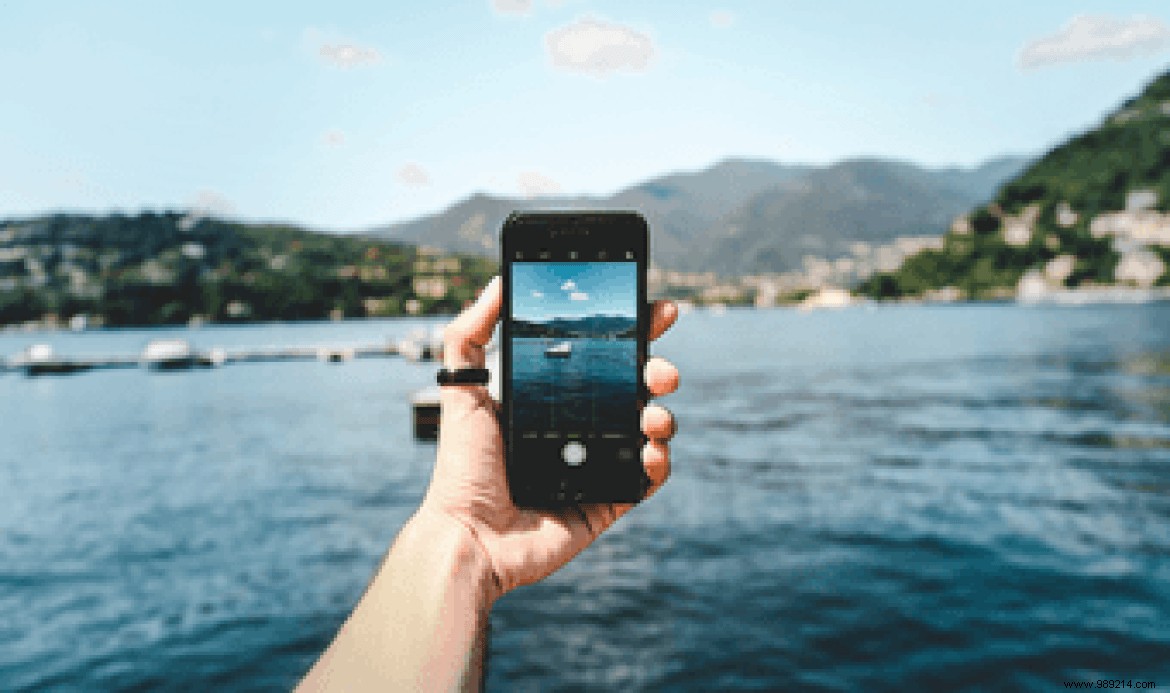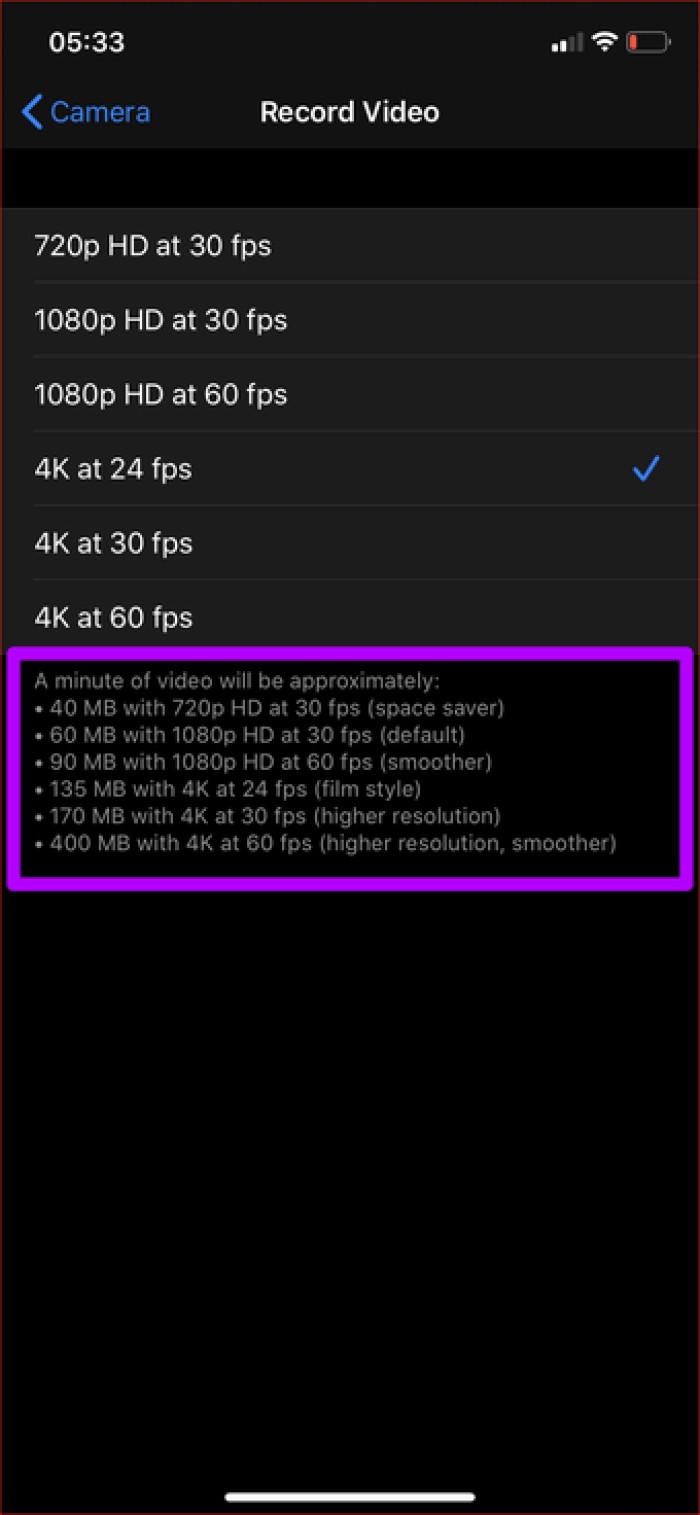HEIC is a technical marvel. The ability to store images at half the file size of a JPG file without any discernible difference in visual quality is simply breathtaking. But there is a catch. It's been over two years since Apple first implemented it on the iPhone, but cross-platform compatibility is still hit and miss.
ContentsSwitching from HEIC to JPGSwitching from HEIC to JPG — Fact Sheet1. Older photos remain the same2. Fills local storage faster3. Consumes more iCloud4 storage. Fewer quality settings5. Technically inferior to HEIC Don't change for fun
This is why switching from HEIC to JPG is necessary at some point.
Apple's iOS automatically converts HEIC images to JPG in two ways. Either when transferring them to a non-compatible device or when sharing images to other applications (such as Mail, Notes, etc.). In either case, you might run into some issues.
For example, I use Google Photos as my main photo backup solution. Although it supports HEIC format, it does not offer any way to re-download them in JPG format. This means that I often have to manually convert HEIC to JPG on my PC.
Luckily, it's pretty easy to get your iPhone to take photos in the old JPG format. Let's see how you can do it.
Fun fact: HEIC, short for High Efficiency Image Coding, is also commonly referred to as HEIF, or High Efficiency Image Format.To switch from HEIC to JPG, you need to configure the camera capture format using the iPhone Settings app. You can opt for two camera capture settings:high efficiency and most compatible. The former will take photos in HEIC, while the latter will take photos in JPG.
If you upgrade to the most compatible version, it will also allow your camera to shoot video using the older H.264 compression standard. Otherwise, it would run in the new HEVC video format which uses the H.265 compression standard. This is something you need to keep in mind as there is no way to change only the photo capture format without affecting the videos.
Step 1: Open the Settings app on your iPhone. Scroll down and tap Camera. Next, tap Formats in the list of camera settings.


S Step 2: Under Camera Capture, tap Most Compatible.

That's it. Your iPhone will now directly take photos in JPG format, while videos will be saved in MOV format using H.264 encoding (instead of H.265). You can change the formats at any time by visiting the Settings app.
As you just discovered, switching from HEIC to JPG is quite simple. However, there are a few things you need to keep in mind. Let's break them down below.
Changing from HEIC to JPG will not convert your existing photo library on your iPhone. Only photos you take after the switch will be affected. Ditto for videos.
There are two ways to convert your existing library. Transfer them to a PC or Mac with the automatic transfer setting enabled (iPhone Settings> Photos> Transfer to Mac or PC> Automatic). Or you can use third-party HEIC to JPG converter tools downloaded via App Store.

Taking photos and videos in JPG and H.264 format can consume a significant amount of storage. If your iPhone doesn't have too much space to begin with, expect it to fill up quickly. Generally, expect twice the storage required for photos and videos compared to HEIC and HEVC.


For videos, you can also check the Record Video screen (iPhone Settings> Camera> Record Video) to determine how much space they will take up if you're shooting in one of the formats.
If you fill up your iPhone's internal storage and shoot in older photo and video formats, your iCloud storage will fill up faster. This will happen when you have enabled iCloud Photos. And given that you have to pay to get more than 5GB of storage, it can get tricky.

I would recommend using a third-party cloud storage solution such as Google Photos to negate this effect with its unlimited photo and video storage offers. You can also refer to my iCloud alternative photo storage guide for other backup services.
While you have access to all default photo quality settings when shooting JPGs, there are some limitations when it comes to videos. Choose the most compatible setting and you won't be able to capture 4K video at 60fps or slow-motion 1080p video at 240fps.


Most likely, this is a restriction to prevent your iPhone from consuming too much storage space that would otherwise be needed when storing videos using H.264 encoding.
When changing from HEIC to JPG, the resulting photos may look slightly better. This happens due to the lower compression associated with the JPG format. I haven't noticed a significant difference in quality yet.
But aside from the crazy compression algorithm of HEIC, it supports much wider color gamut and additional depth data as opposed to JPG format. If you want to edit your photos on a screen with a wider color gamut, you'll miss out on those details when switching from HEIC to JPG.
Changing from HEIC to JPG is easy and is certainly justified due to the compatibility issues you will encounter. However, I recommend that you don't change just for fun. This is because HEIC brings a host of advantages, such as using less storage space and being technically advanced compared to JPG.
Apple set it as the default for a reason. If your photos will only remain within the Apple ecosystem, it's highly recommended to stick with HEIC, as there's no reason to switch.
Then: Having trouble backing up your photos to iCloud? Check out this troubleshooting guide and fix any issues quickly.